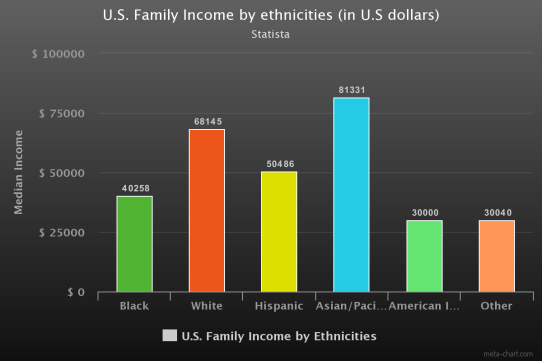For many Americans, there’s an everyday concern about food, health and living one’s life at the fullest potential. That goal, unfortunately, is harder for many men and women who have found themselves obese and even subject to societal fat-shaming. There are many factors that cause obesity in this country for reasons that go beyond the person just being ‘lazy’ and giving a platform to that view, only does a disservice to progress that could be made.
According to a report conducted by Statista using face to face interviews, from the year 1997 to 2017, obesity rates have increased amongst adult aged 20 years or older. In 2017 the rates were at 31.3% which is an 11.9% increase since 1997. This trend continued to grow and there are differences in numbers between various ethnic groups due to family income, accessibility, and social dynamics.
According to research done by Social Science & Medicine, low-income individuals/families who face high rates of obesity usually live in areas with predominantly high-calorie, low-quality foods along with limited access to healthful foods such as fresh produce, whole grain foods, and low-fat dairy. Compared to other communities in Connecticut such as Westport as an example, the majority of supermarkets promote healthy lifestyles. There are more Trader Joe’s and Whole Foods in Westport compared to Bridgeport, another city in Connecticut, with more Dollar Stores and Corner stores to choose from than supermarkets. Low-income families in urban areas are constantly prioritizing price over quality in an attempt to adapt to their personal financial constraint, a phenomenon whereby shoppers find ways to stretch their dollar as best as possible.
Although one’s income may not directly be the cause of obesity, the numbers seem to suggest that there may be a correlation. This doe not, however, negate any other factors such as culture, that plays a role in food choices. According to another report by Statista, all across the country, people of Asian descent have a median income of roughly $81.331 a year, placing them at the top of other ethnicities. As a group within the tri-state area, Asian/Pacific Islander individuals in 2016 ranked the lowest in obesity rates compared to their White, Black or Hispanic peers. 42.2% in New Jersey, 43.6% in Massachusetts, 40% in Connecticut and 41.9% in New York. In all the states mentioned, African Americans ranked the highest in obesity and also had third to lowest median income of roughly $40.000. The chart below shows the median income by different ethnic groups.

Many people want to think very critically about their socioeconomic status before choosing where to shop. Some participants of the survey conducted in the research aforementioned spoke about their interactions with cashiers when processing their social benefits (Women, Infants, and Children–WIC–Vouchers) and the annoyance that came with it. Majority of the stores that accept WIC oftentimes fail to provide the healthiest options and stores like Trader Joe’s or Wholefoods with healthier options, just recently began to accept it. With this improvement, however, there’s still an issue of cost in comparison to other supermarkets, causing many to avoid Wholefood all together.
The topic of obesity itself can be seen as problematic according to Dr. Elizabeth Hohl, an Assistant Professor of the Practice of History at Fairfield University. Lookism plays a significant role in the numbers reported. “Some people are healthy but because they look a little bigger than the average person, they end up in the same category” said Dr. Hohl when asked her thoughts on the high obesity numbers being reported. She also suggested that the goal should be about being healthy, rather than focusing on appearance.






 When it comes to
When it comes to  Same plot, same setting and same characters, “Fuller House,” premiered on Netflix on Feb. 26, recreates the magic of the classic “Full House, which ran from 1987 to 1995 with the girls from “Full House” now grown and helping each other.
Same plot, same setting and same characters, “Fuller House,” premiered on Netflix on Feb. 26, recreates the magic of the classic “Full House, which ran from 1987 to 1995 with the girls from “Full House” now grown and helping each other.  You tell yourself “One more episode” and before you know it, you are 5 hours in, all caught up with shows but not so much anything else. On one hand Binge-watching satisfies viewers’ curiosity but on the other hand, It is changing how American college students approach their school work.
You tell yourself “One more episode” and before you know it, you are 5 hours in, all caught up with shows but not so much anything else. On one hand Binge-watching satisfies viewers’ curiosity but on the other hand, It is changing how American college students approach their school work.